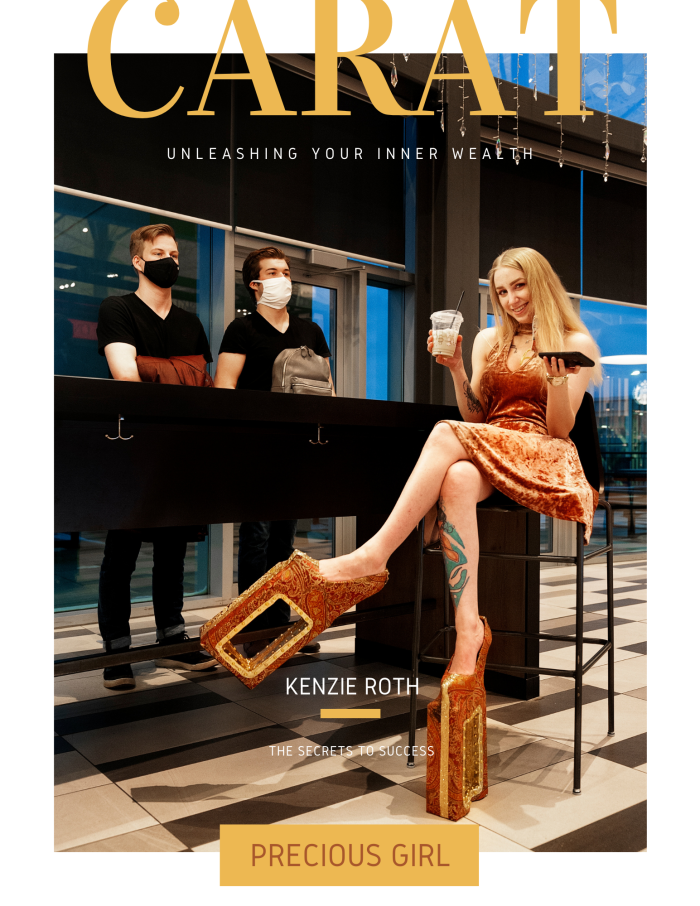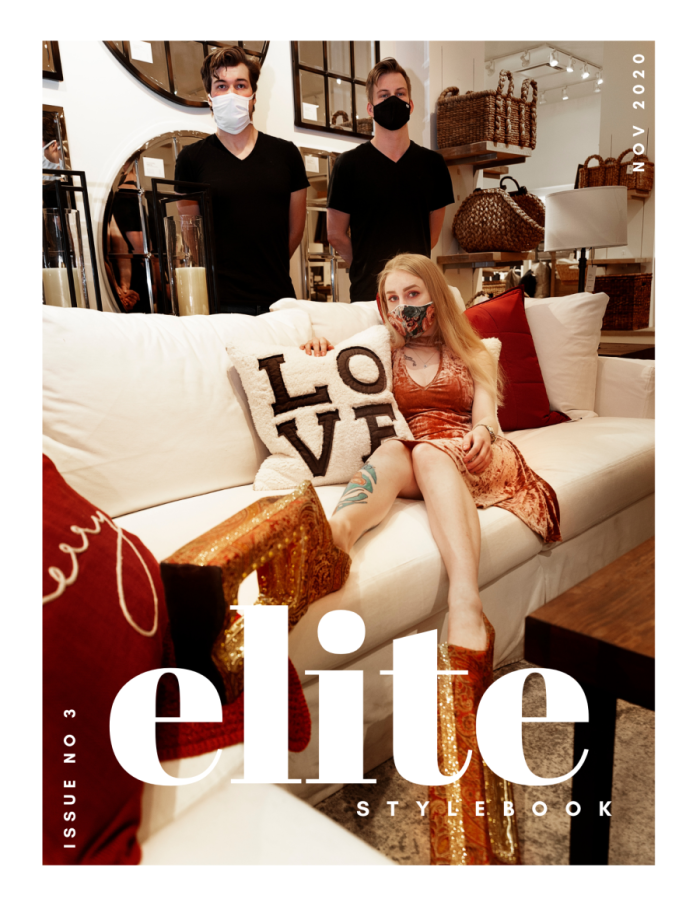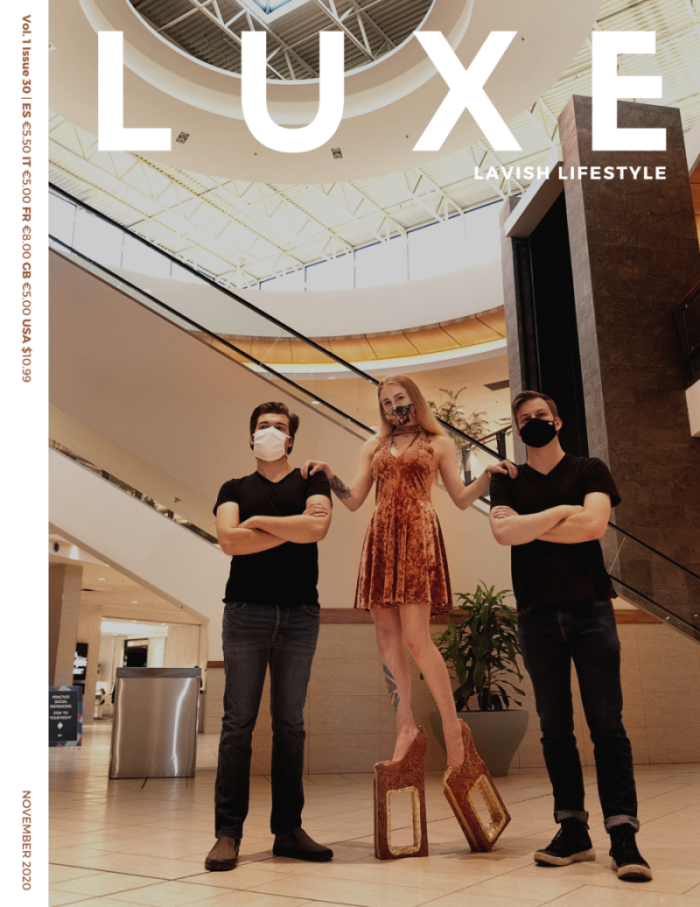Luxe.
Shoes (made by artist): various fabrics (silk, cotton, felt, embroidery) , gold plated studs, wood, upcycled shoe base.
Garment has the ability to transform the wearer by altering the silhouette. Perhaps one of the most iconic examples of a silhouette altering garment for women is the heeled shoe – not only do they help elongate a form and make the wearer appear tall, but they also historically held purpose for battle and preservation of an appearance of dignity. 16th century Europe introduced the use of the heeled shoe as a sex symbol – for both genders. A prominent use for heeled shoes in women would be by Italian courtesans. Not only were these women wealthier by their trade, making such lavish shoes affordable, “since courtesans were supposed to please men, and pretty much interacted almost exclusively with them, they were often also supposed to like male things. This included reading, smoking, drinking, and wearing heels so they towered above everyone else.” (Wright 2015). Some of these shoes were so tall that the courtesans needed an additional accessory: a man to hold her up and she attempted to walk. The heeled shoe went through many developmental phases throughout history, but the one thing that never ceased to be a factor in their wearing was their ability to make an individual’s silhouette appear taller and more elongated. Today, high heels are still a transformative garment that makes the wearer appear wealthy, powerful, sexy and of a higher class standing. The wearing of heels is not only a performance for the gaze of others, but also for the self.
The work not only speaks to the power of garment, but, through drawing upon histories, how women have reclaimed sexualized garments as power symbols. The performance of wearing courtesan heels in a modern setting is an act of rebellion and becomes a spectacle for the gaze and as such becomes an act of rebellion. The model in the shoes is perceived at the height of her power, drawing attention from all those who pass her – none approaching but all watching. While the shoes themselves are extreme, they simply act as a catalyst for channeling power and confidence to bewitch the gaze. The changes to the silhouette (and the psyche) that the shoes provide shift the gaze from looking down upon her to looking up to her, allowing her to reclaim ownership over her role as not just a synergist but a channeler of power.
Wright, Jennifer. “The Male-Dominated, Power-Hungry History of High Heels.” Racked, Racked, 3 Feb. 2015, www.racked.com/2015/2/3/7997175/high-heels-history.
Special photography credits to Leia Guo.
Models: Mackenzie Roth, Nick Barrett and Graham Bennett.




